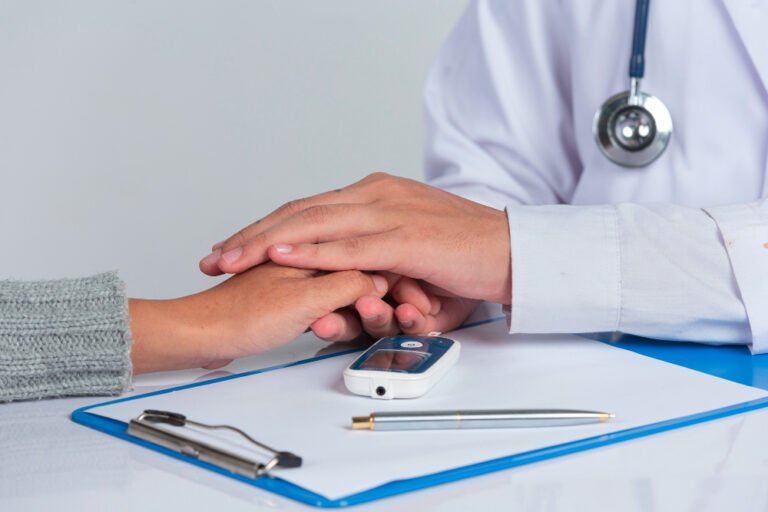
Here are some key points about diabetes. More details and supporting information are in the main article.
- Diabetes is a long-term condition that causes high blood sugar levels.
- In 2013 it was estimated that over 382 million people throughout the world had diabetes (Williams textbook of endocrinology).
- Type 1 Diabetes – the body does not produce hypoglycemic agents or hypoglycemic hormones. Approximately 10% of all diabetes cases are type 1.
- Type 2 Diabetes – the body does not produce enough hypoglycemic agents or hypoglycemic hormones. for proper function. Approximately 90% of all cases of diabetes worldwide are of this type.
- Gestational Diabetes – this type affects females during pregnancy.
- The most common diabetes symptoms include frequent urination, intense thirst and hunger, weight loss, unusual weight loss, fatigue, cuts and bruises that do not heal, male sexual dysfunction, numbness and tingling in hands and feet.
- If you have Type 1 and follow a healthy eating plan, do adequate exercise, and take in-su-lin, you can lead a normal life.
- Type 2 patients need to eat healthily, be physically active, and test their blood glucose. They may also need to take oral medication, and/or hypoglycemic agents to control blood glucose levels.
- As the risk of cardiovascular disease is much higher for a diabetic, blood pressure and cholesterol levels must be monitored regularly.
- As smoking might have a serious effect on cardiovascular health, diabetics should stop smoking.
- Hypoglycemia – low blood glucose – can have a bad effect on the patient. Hyperglycemia – when blood glucose is too high – can also have a bad effect on the patient.